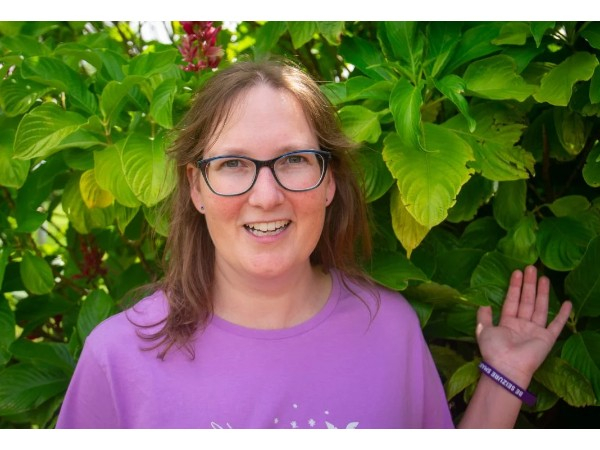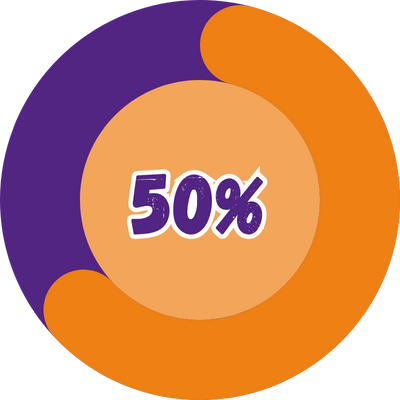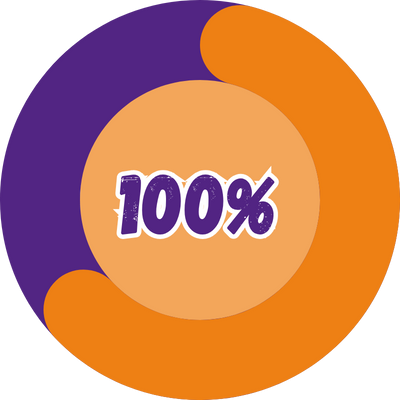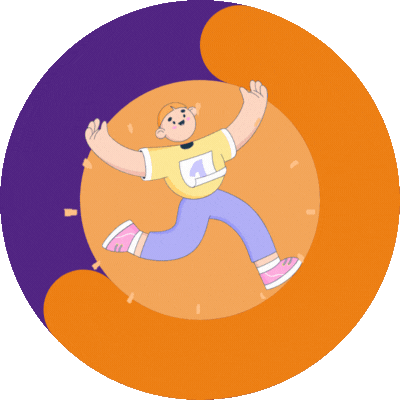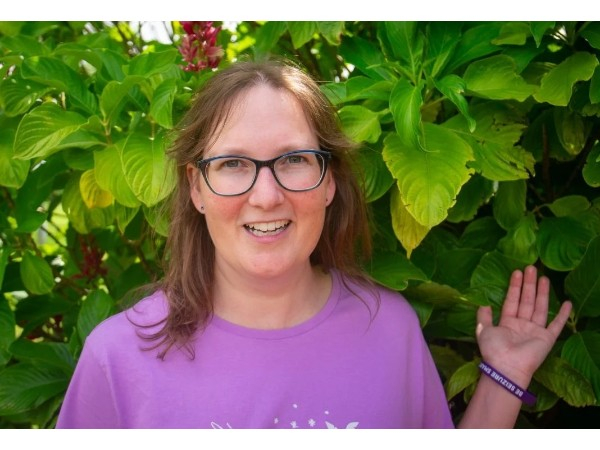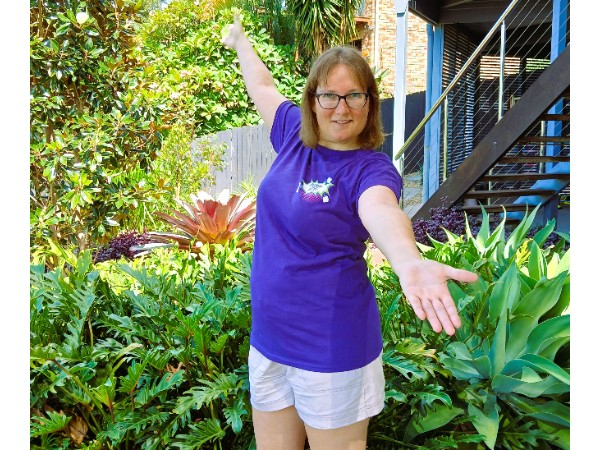Born in New Zealand, Katie began twitching minutes after birth and was diagnosed with epilepsy due to birth trauma. She experiences partial and focal seizures that last seconds – many would not even realise she has had a seizure.
Epilepsy proved to be a big challenge for Katie and her family when she was young.
“School life wasn’t always easy. Periods with frequent daily seizures, causing confusion and exhaustion to my brain after the seizure. This meant leaving school for the rest of the day and going home needing to sleep. Managing seizures involved constant adjustments to medication, including a drug trial, during high school. It wasn’t until adulthood that I became aware of a new drug combination, and I finally had stability around my seizures. Today, I have small Partial seizures that only happens when I get stressed.”
As of 2023, Katie lives a quiet life in Australia and is fortunate to be close to her family. However, she continues to face obstacles when it comes to travel and employment.
“Travelling around is a challenge in my local area as I am not able to drive. It is hard to have independence to live a normal life. Another downside to my new happy lifestyle is that I am having trouble finding a job that suits me.”
An animal lover, Katie has completed a TAFE Certificate II in Animal Studies and is now looking to apply her knowledge in a professional setting. In addition to animals and wildlife, she also has a keen interest in astronomy, Lego, and creative activities such as drawing, music and dancing.
Katie has found comfort in the Epilepsy Foundation since moving to Australia and appreciates the support available to her.
“I want to be part of a foundation that is close to my heart, helping people like me.”
Despite the challenges epilepsy has presented, Katie is determined to help educate others and bring epilepsy out of the shadows. After years of feeling different, she took a brave step to let go of the past and start a new future by contacting a local newspaper and magazine to help tell her story in the hopes of letting people living with epilepsy, like her, know they are not alone.
“My journey with epilepsy has been a learning experience, and I hope to have more opportunities to share what I have learnt with others. I always felt I was alone, but I’ve come to realise you don’t need to be afraid of who you are as someone who lives with epilepsy. There are many of us out there and no one is alone.”
This March, under the hero name, “Supernova”, Katie is organising a family dinner where everyone dresses in purple. She is encouraging everyone to be a Purple Hero and get involved in Make March Purple.
“This year, come join the team of Purple Heroes! You can be part of something greater than yourself by helping the 270,000 Australians living with epilepsy.”
Be a Purple Hero and support people living with epilepsy, like Katie, by registering for the Make March Purple 2025



